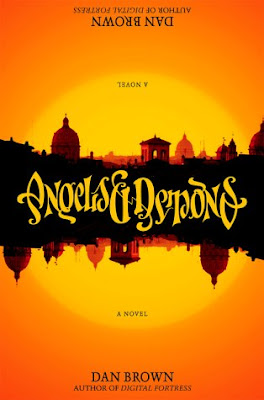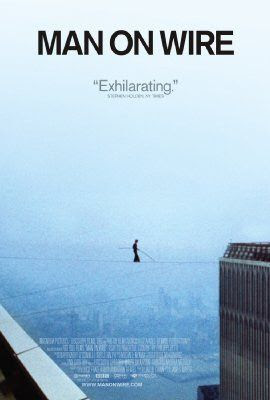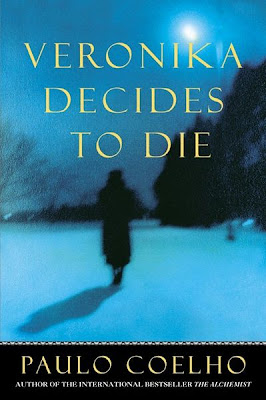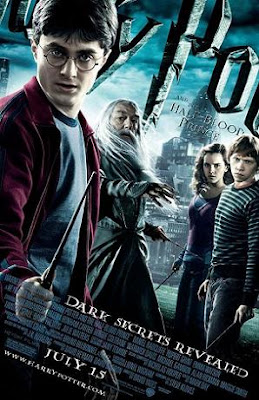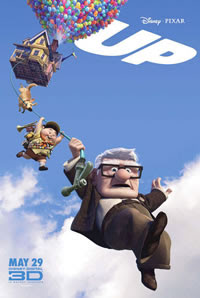
As a sequel, Stieg Larsson’s The Girl Who Played With Fire is as satisfying a follow-up as they get, if not downright superior to the first book, The Girl With The Dragon Tattoo. Indeed, while I was reading it, I was savoring each page of character development, malicious characters, and odd anti-heroes. This is the kind of book you are sad that it is so good, because you don’t want it to end. You are also sad because you realize towards the end that the author has given you a giant fucking cliff-hanger. And while you are thoroughly satisfied, thirsty and irritated by the thrall Larsson has over you in his fascinating tale, you really, really hope that the late author wrapped up the story in the third book to be released next summer. Anger, fear, aggression. Well-played… for a book.
Just a note about the movie, and there will be a movie. (There is the Swedish Men Who Hate Women -- the original title of the Girl With the Dragon Tattoo -- which ostensibly looks to have gotten it right. I’m guessing there will be an American series when all is said and done.) The absolute crucial (and probably most sought-after role) casting that will make-or-break the film is for Lisbeth Salander. I could try to explain it using a bunch of adjectives, but suffice to say she’s one of my all-time favorite characters and an absolute joy to follow. Kind of like how Harry Potter fans rabidly follow the casting of those films, this one will be for adults. Or at least those without brooms.
The development of Salander is the most intriguing thing about the series. As I’ve mentioned before, the original title of the first novel, actually the current title in his native Sweden, is “Men Who Hate Women”. This is certainly an appropriate descriptor of the book (and sequel), but somewhere along the line, I get a sense that Larsson discovered what a wonderful character he had developed and slowly, perhaps unconsciously, the book(s) became more about her and her interactions with the plot than the plot itself. And we are rewarded for it.
I wrote a bit about The Girl With The Dragon Tattoo previously, but I am now more struck by the emotional denouement of the piece. At once heartrending, appropriate, and realistic, the end could have entirely been left out of the book, and the novel would have been just as complete. Including the last bit about Salander not only develops the character more, almost as an afterthought, but demands more to the story. Contrast to the end of The Girl Who Played With Fire, which is a downright cliffhanger. Larsson knocks us over the head with one, and teases us with another. Both ways left this reader salivating for more.
PS. The third book is not due for US release until May 2010. So I paid the extra to get it now from the UK. Speaks for itself.

